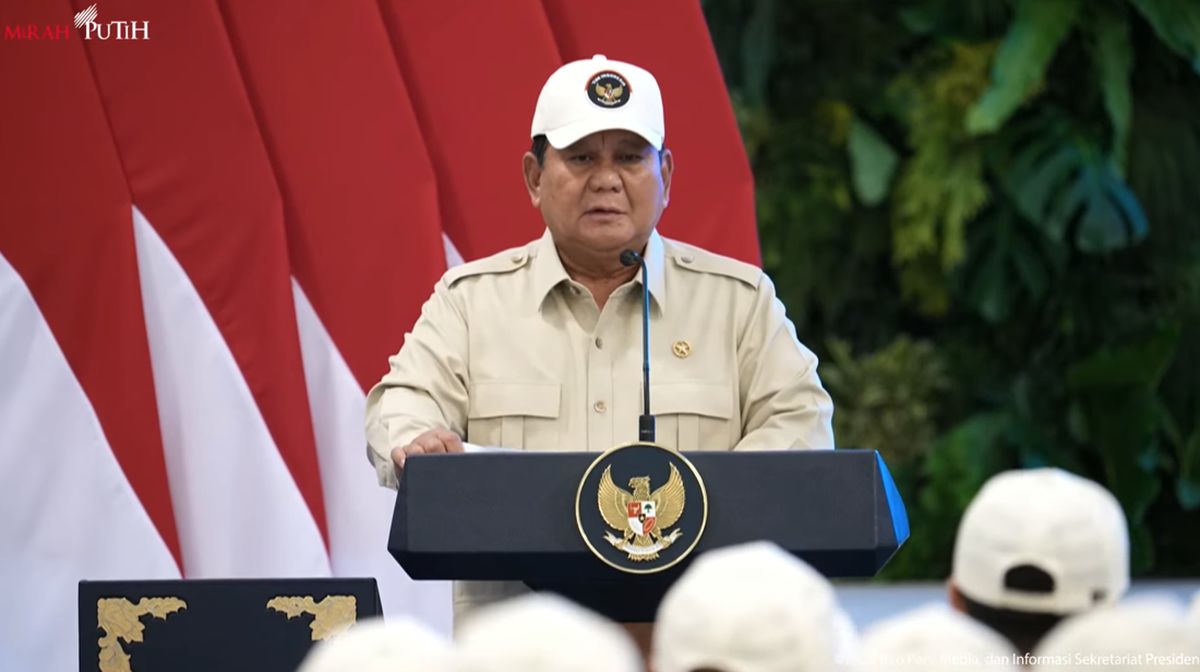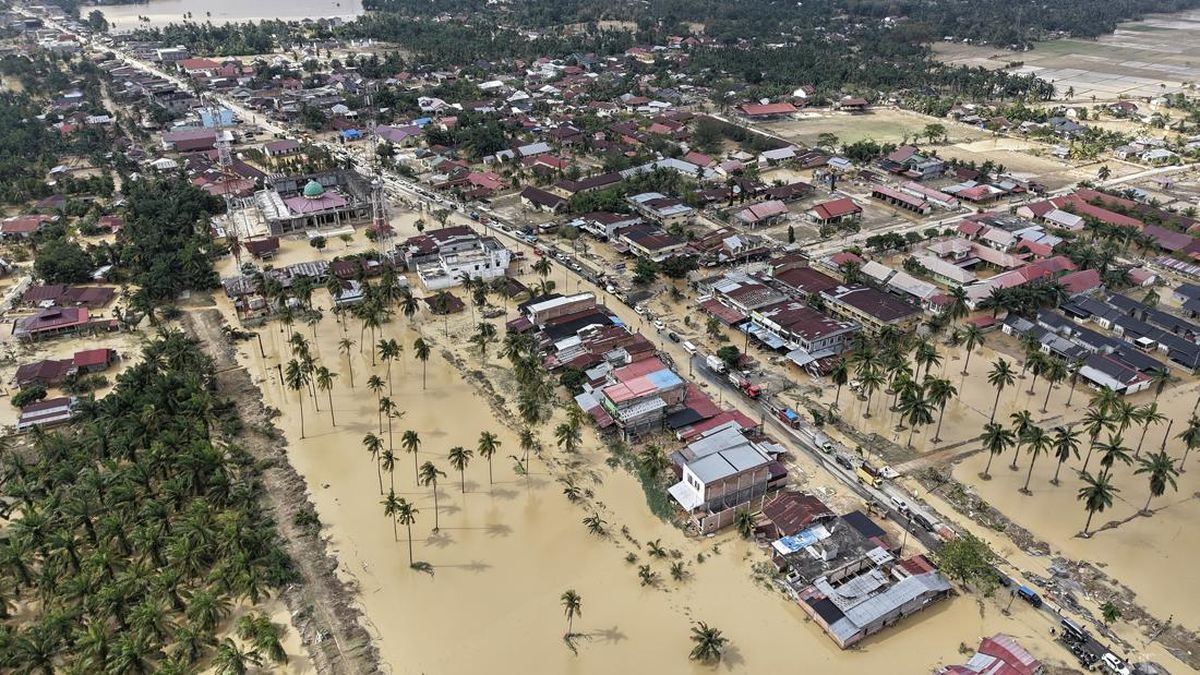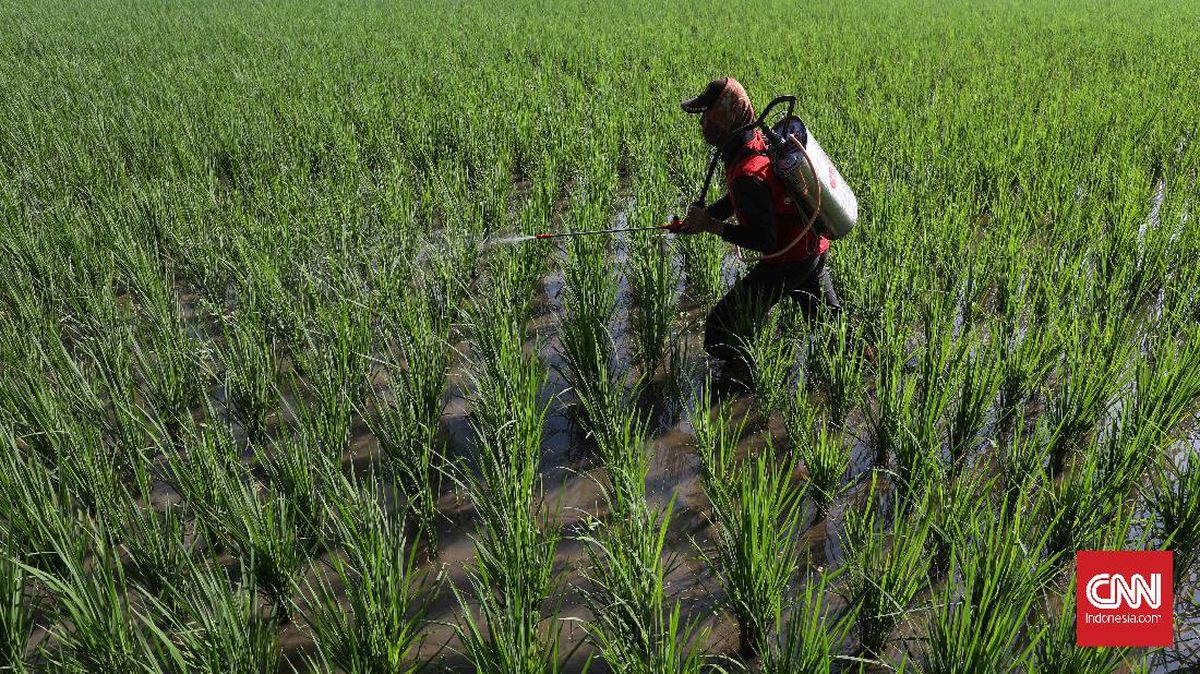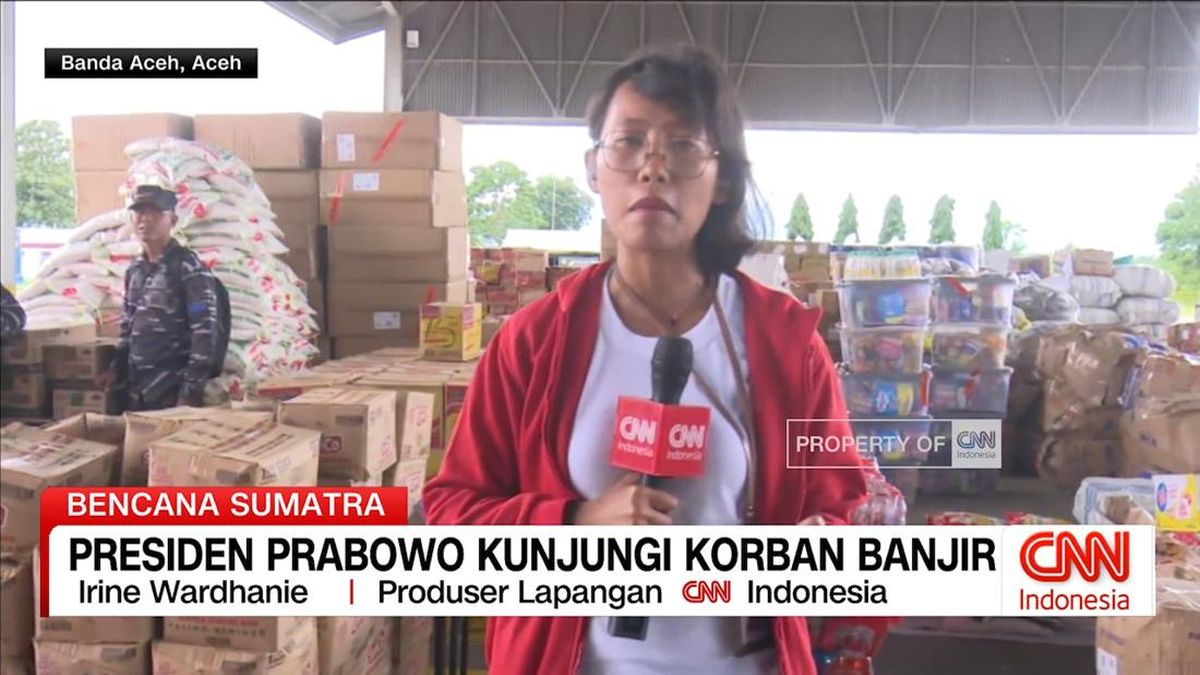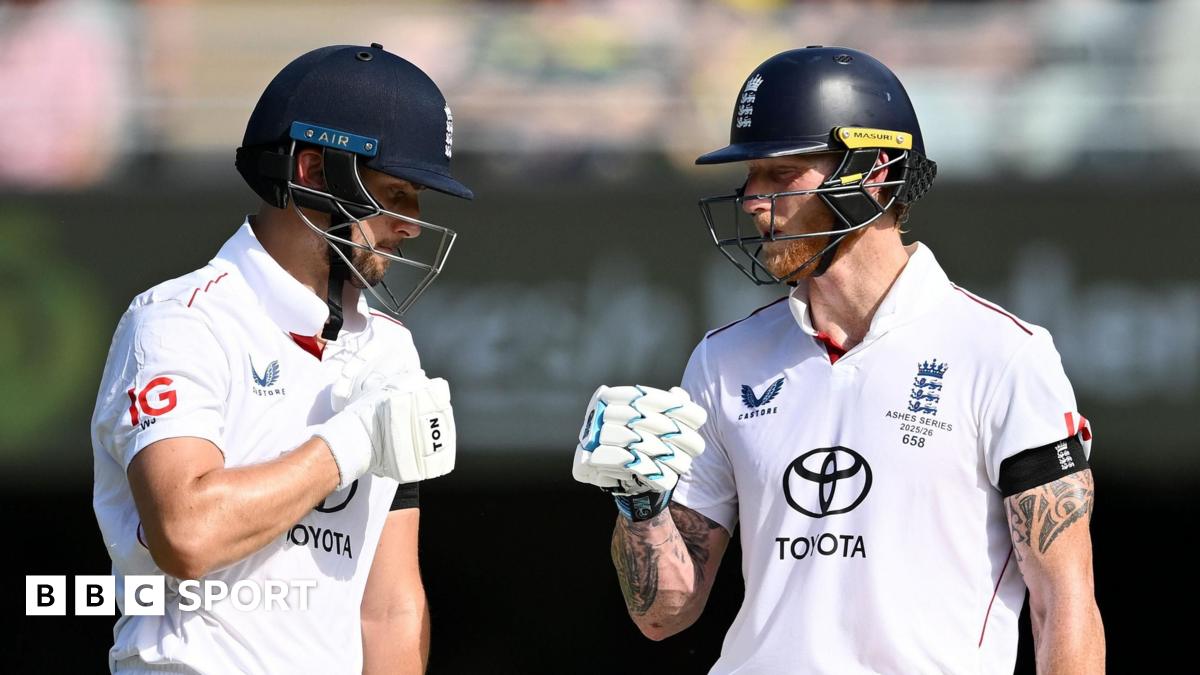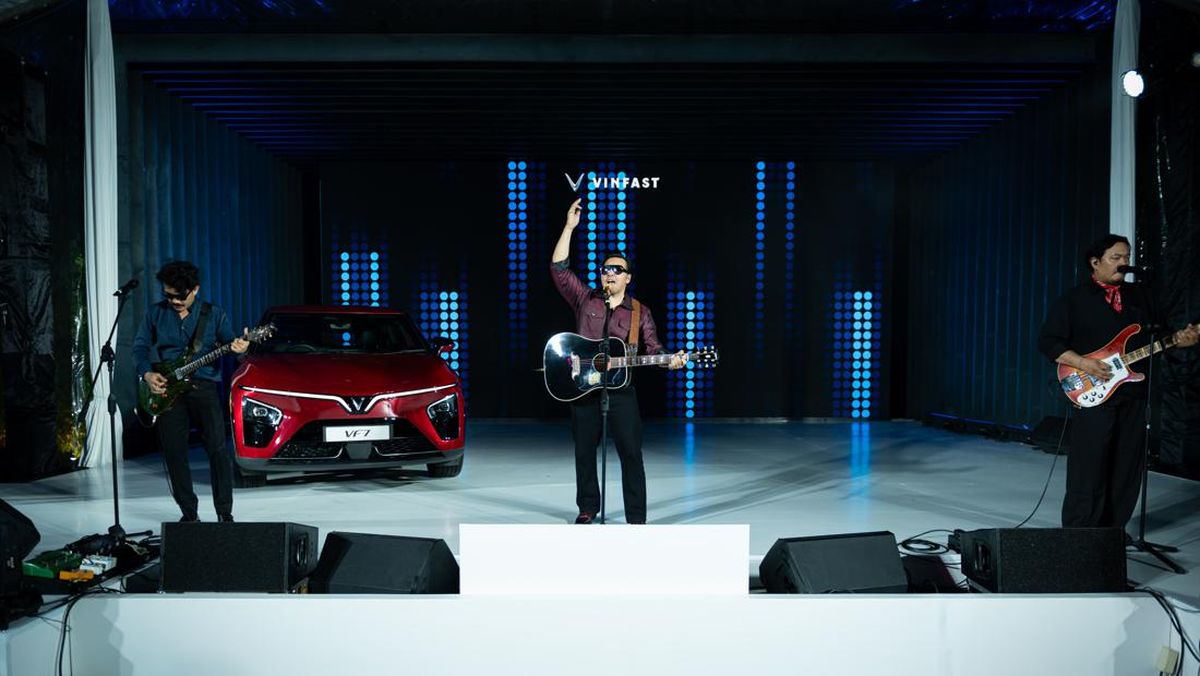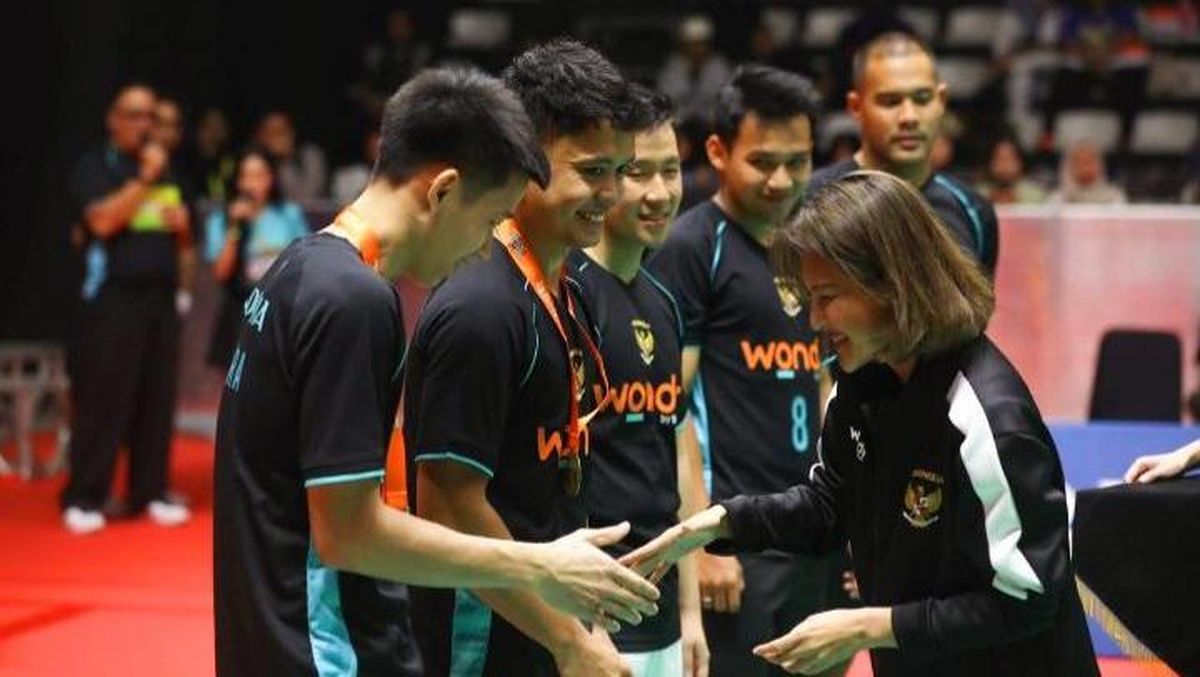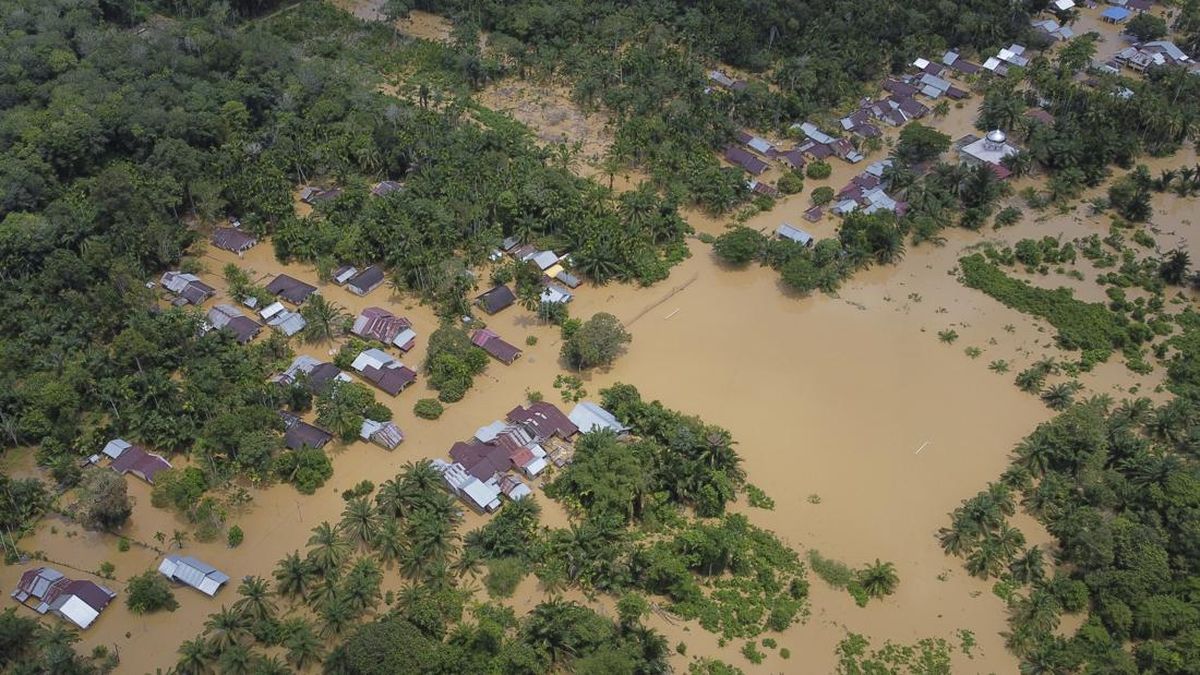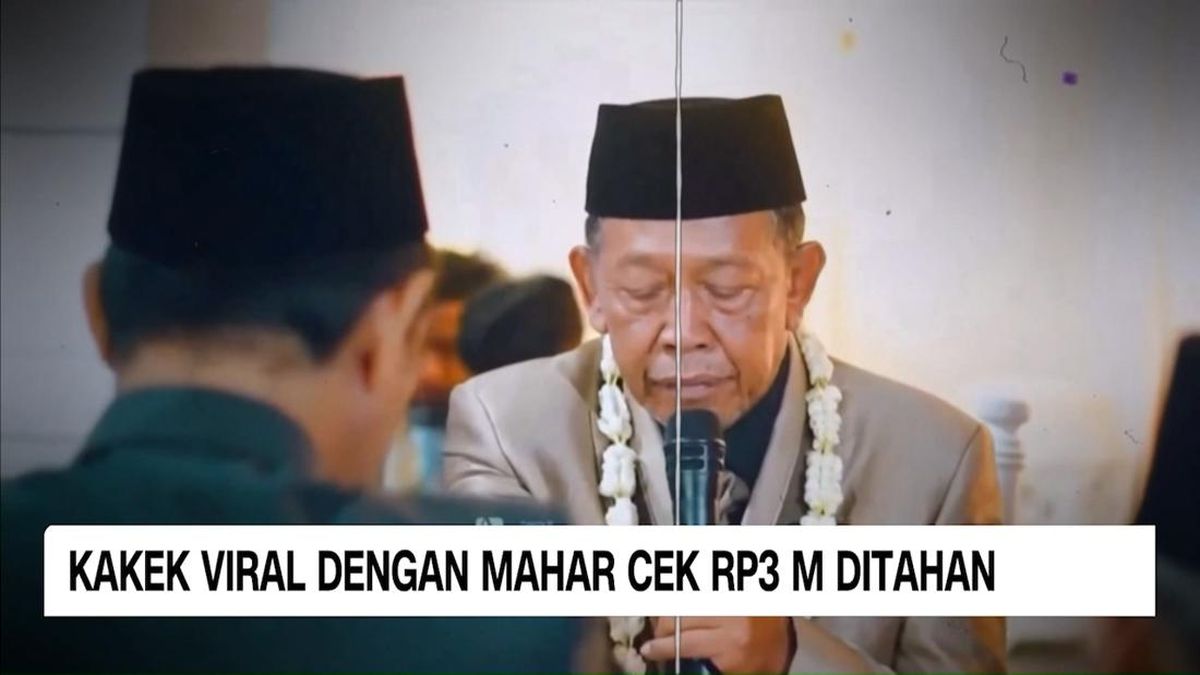Mechanic Shaun Adams knows exactly why Australians ignore the warnings about the danger and environmental impact of large cars and utes: comfort and space.
“They can fit anything, they’re very comfortable, and they’re suitable for families. It just makes life easier to be able to fit everything you need in your car,” he said.

Rico Casaol from Braven X makes modifications to 4WD and SUVs.Credit: Wolter Peeters
Adams makes a compelling case for the larger vehicles, rattling off a series of modifications he’s made to his 2019 Holden Colorado that turned it into a “three-star hotel on wheels”: it has a hot water system, a movie theatre and projector, solar system, fridge, cooktop and “four separate living areas” allowing his family to go “off grid for up to six weeks at a time”.
But he warned that those driving them should embrace the “responsibility” that comes with owning a big car.
Australians – especially western Sydney drivers – have an obsession with big cars. Eight of the top 10 sold in the country last year were medium-to-large SUVs and utes. Beneath the passion lies a darker side: the huge risk these cars pose to pedestrians and others outside the vehicle.
Last week, a five-year-old kindergarten student was killed outside her school in Rouse Hill, in Sydney’s north-west. She was riding her scooter on the footpath near the school entrance when she was hit by a Toyota Hilux ute driving forward.
“Sports SUVs and light trucks are known to cause more severe injuries to pedestrians and cyclists than passenger cars,” said Rebecca Ivers, a professor at UNSW specialising in injury prevention and road safety. “With rising numbers of large utes and SUVs, this will only increase.”
The key problem is about the car’s height, said Christopher Standing, a UNSW professor who holds a PhD in transport planning.
“Each 10-centimetre increase in front-end height increases the fatality risk for a child by about 80 per cent,” he said, referring to research from the United States and Europe. “High-fronted SUVs and utes make it difficult for drivers to see small children in front of them, and then victims are more likely to be run over and crushed than thrown clear.”
Why western Sydney loves its cars
But in a region like western Sydney, utes such as the Toyota HiLux and Ford Ranger dominate sales lists and have become entrenched in the region’s popular culture.
Political scientist Andy Marks, whose work has focused on the politics and culture of western Sydney, explained the phenomenon as being rooted in infrastructure spending.
“There just aren’t reliable transport options in many parts of Sydney,” he said. “There are levels of car dependency in Greater Sydney because there hasn’t been significant investment in transport infrastructure, and that’s particularly the case in outer Sydney, where these kinds of cars are quite popular … And those who spend a lot of time on the road, perhaps, like the idea of sitting above the traffic.”
Marks said it was not correct to solely attribute the high uptake to trade workers or labourers, saying more professionals were buying the cars.
Rico Casaol, Adams’ business partner at the modification garage Braven X, said larger vehicles had exploded in popularity after the pandemic, particularly in western Sydney, as people rethought how and where they holiday.

The modification of large cars is growing in popularity. Credit: Wolter Peeters
He said that when people found they could not travel internationally, they began investing in their cars to make them a viable alternative to expensive hotels and flights.
“Most of these guys [have] young families and are attracted to the ease and comfort that comes with this kind of holidaying.”
‘Be more tank’
There is a male bent to the advertising of macho, hyper-masculine vehicles, Ivers said.
GWM, the Chinese car manufacturer which produces Haval cars and its own “Tank” models of monster cars, last month launched a campaign to “Be More Tank” – a line one urbanist activist group took to be a “rallying cry that encourages people to adopt an aggressive, dominant, almost militaristic approach to life, using a huge SUV as their symbol”.
Loading
“Australia’s road toll is rising. Over 1200 people die and 40,000 are seriously injured on our roads every year,” group Better Streets Australia wrote in an open letter after complaining to Australia’s advertising standards board.
“Pedestrians, especially children, are among the most vulnerable. At a time when communities are calling for safer streets, advertising that glorifies aggression behind the wheel sends exactly the wrong message.”
Ivers said it translated to on-road violence: “Research has found that young drivers of SUVs or pick-up trucks are prone to more aggressive driving.”
The Sydney Morning Herald has opened a bureau in the heart of Parramatta. Email [email protected] with news tips.
Most Viewed in National
Loading

